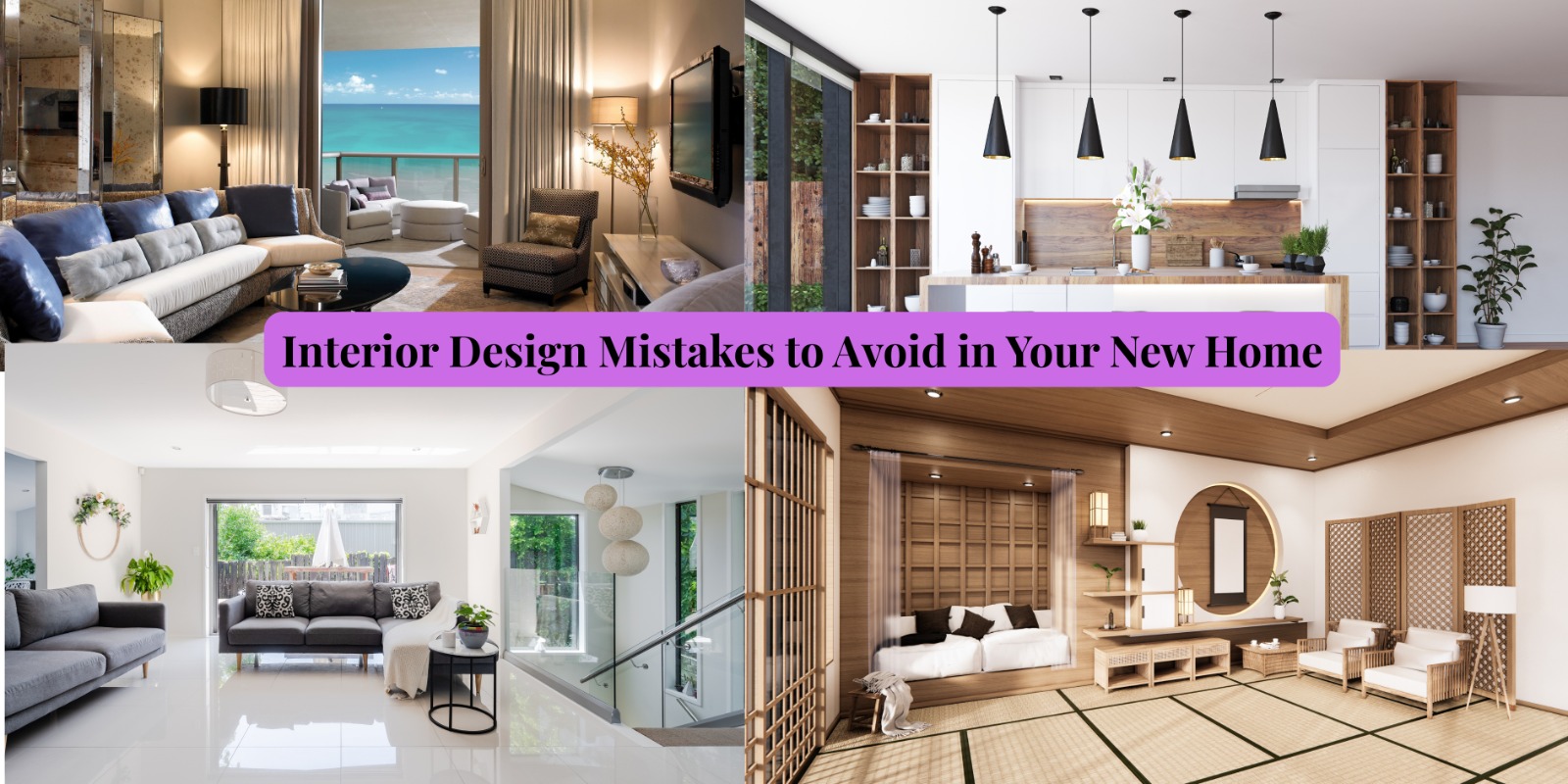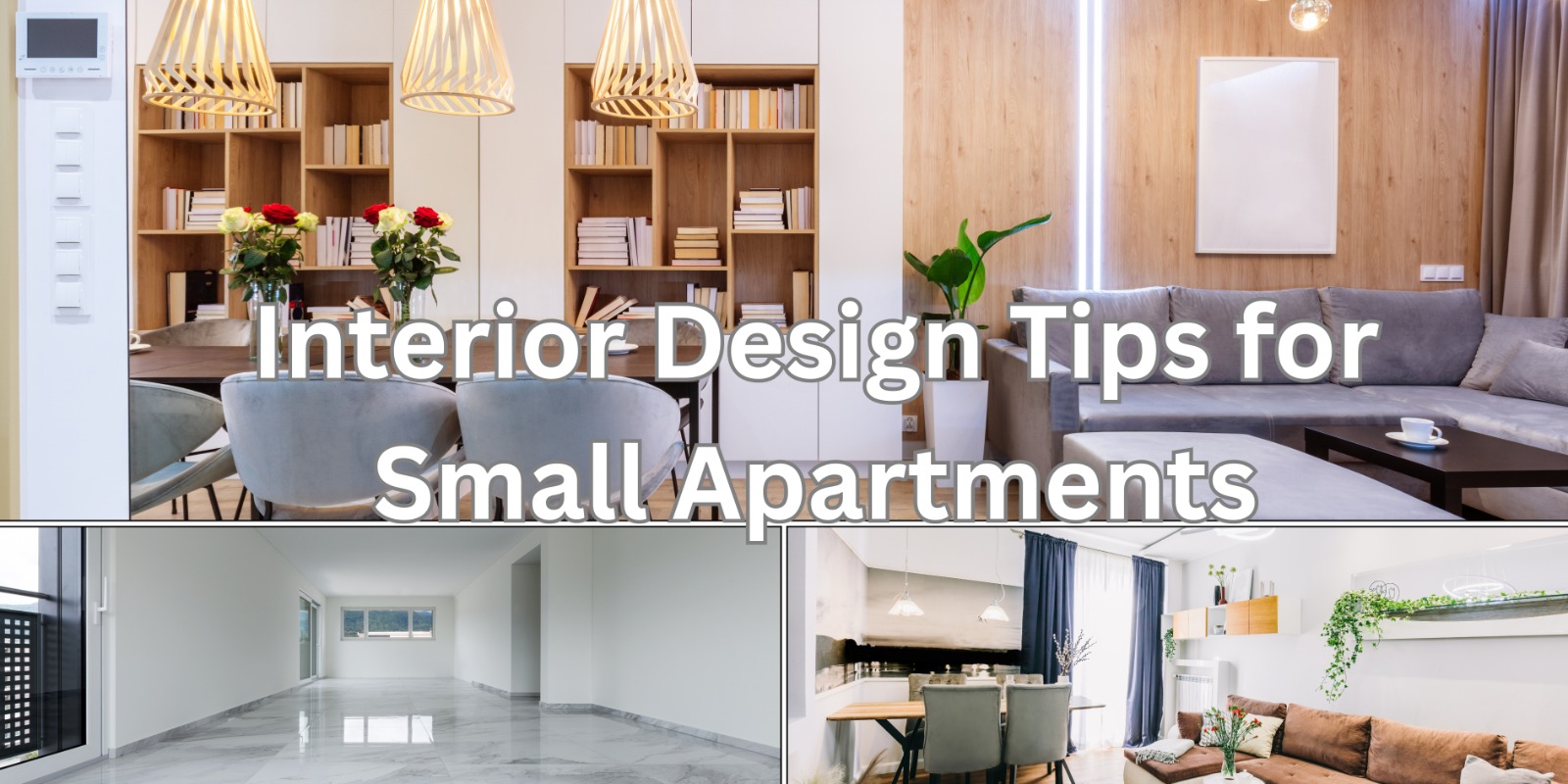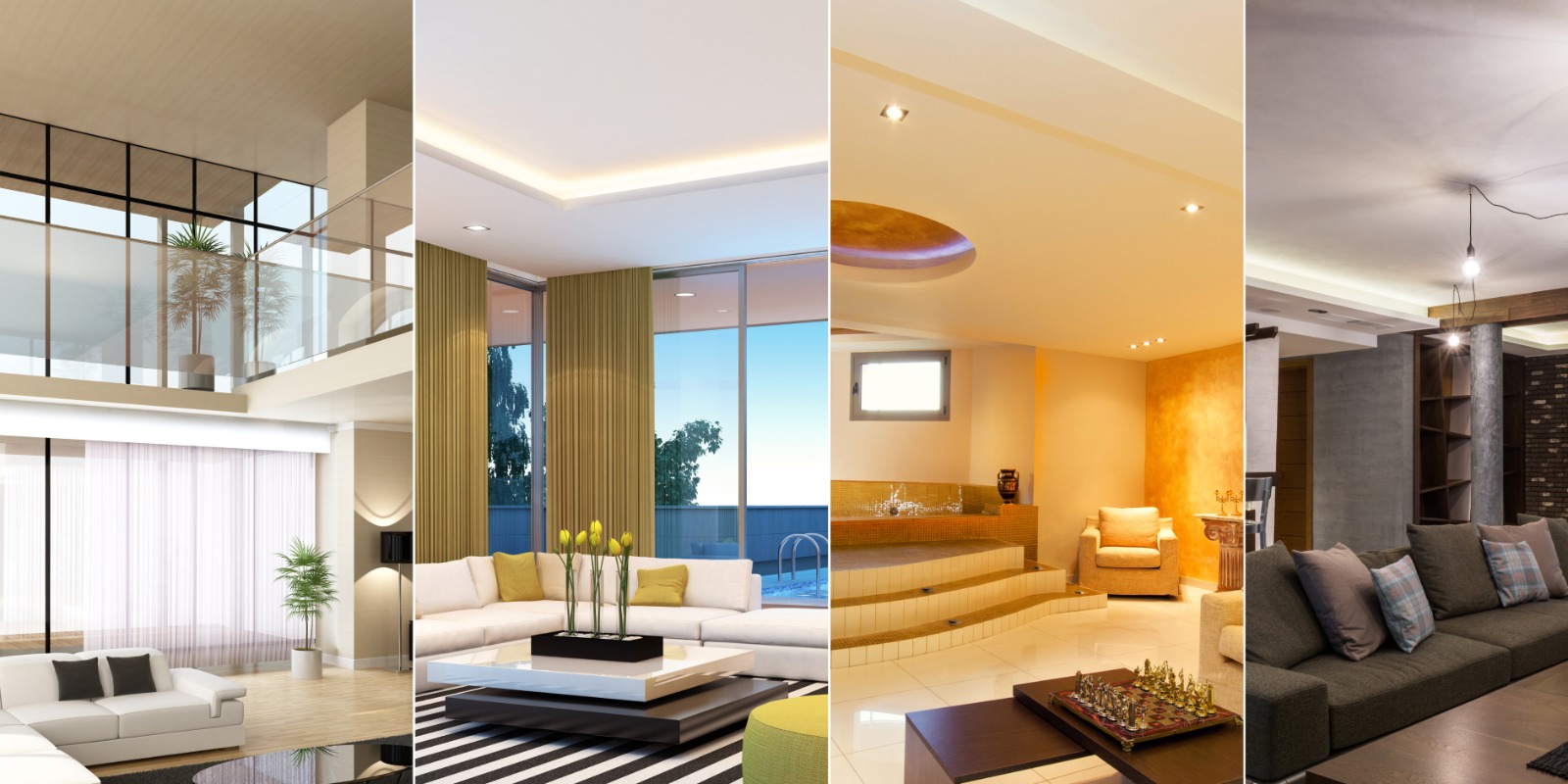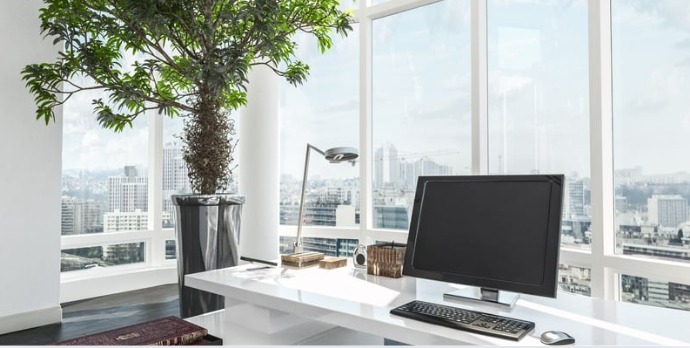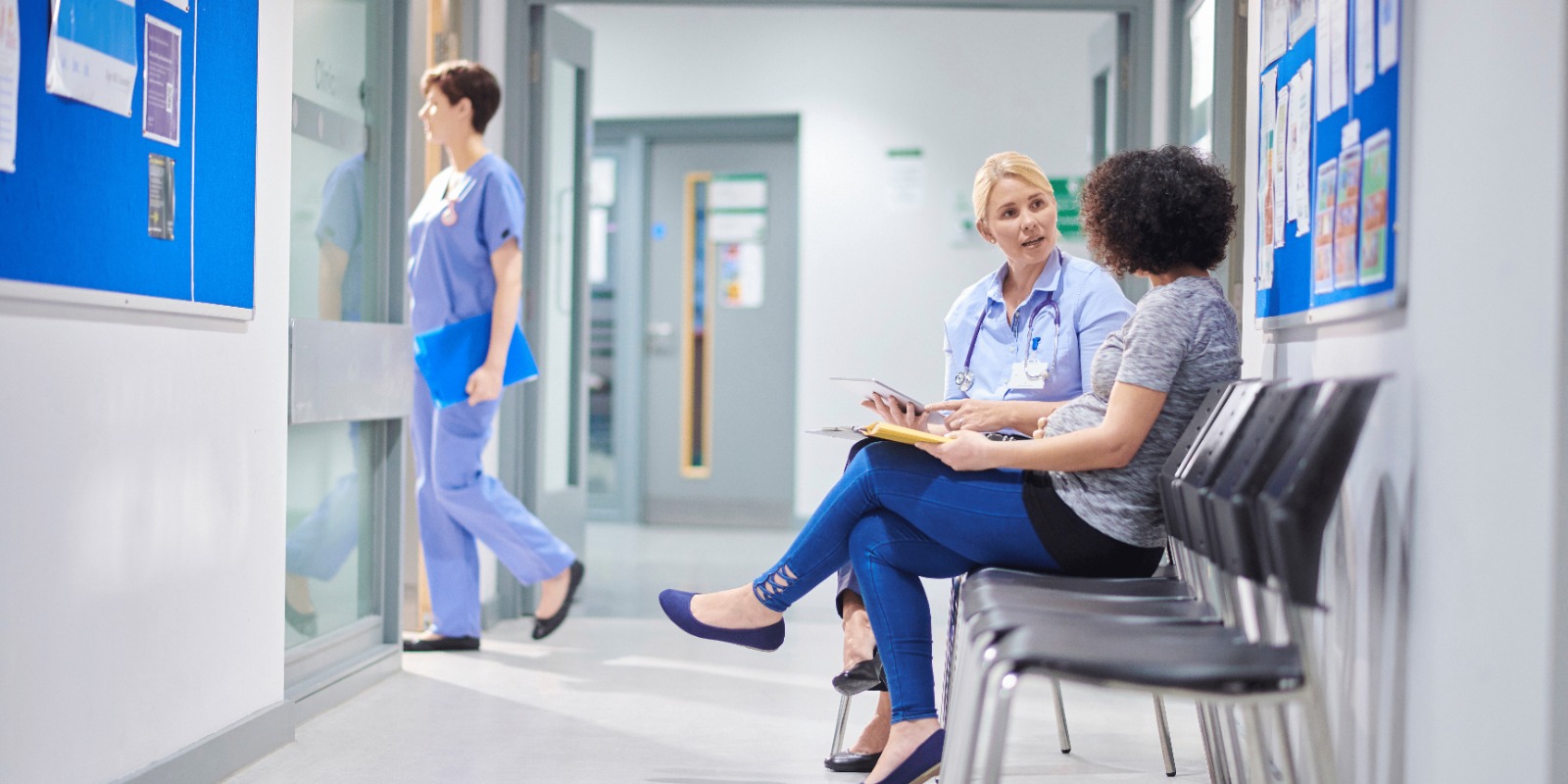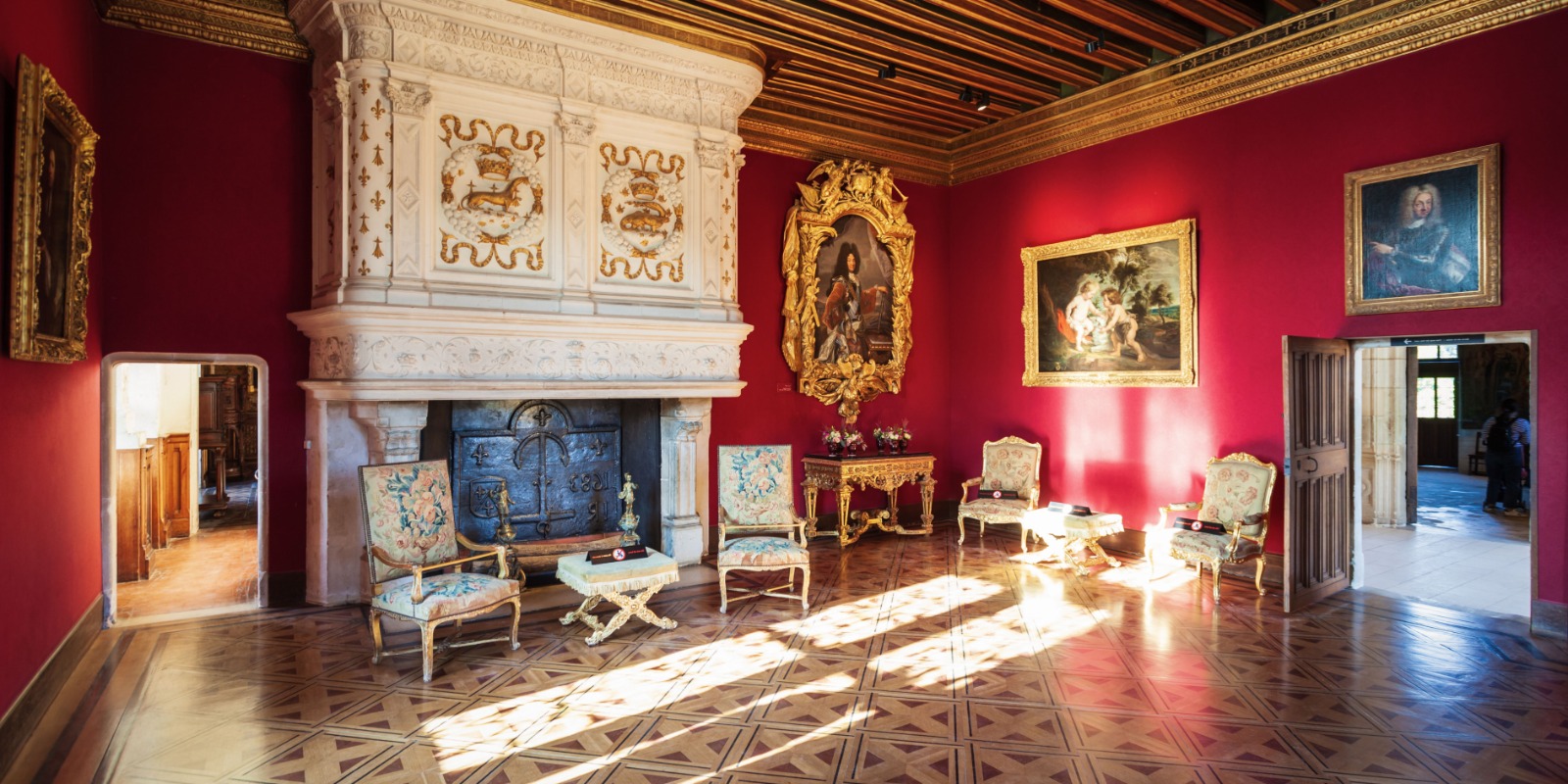Table of Contents
The Past Inspires the Present
Islamic art is more than just decoration—it’s a reflection of history, identity, and deep meaning. From geometric patterns to arabesque motifs, Islamic design has shaped some of the world’s most beautiful buildings and spaces.
Today, in cities like Dubai, Abu Dhabi, Jeddah, and beyond, these timeless designs are being reimagined in modern homes, offices, and hotels. Interior designers are blending Islamic geometry with modern materials, lighting, and layouts to create spaces that feel both spiritual and stylish.
This blog explores how Islamic art and geometry are shaping modern interior design—and how you can use them to bring peace, balance, and beauty into your space.
What Makes Islamic Art So Unique?

Islamic art is built on patterns, symmetry, repetition, and spiritual symbolism. Instead of showing human or animal forms, it focuses on:
- Geometric designs
- Calligraphy (usually verses from the Quran)
- Arabesque patterns (floral and vine-like)
- Mosaic tiles and mashrabiya screens
These patterns symbolize order, unity, and the infinite nature of creation, making them a powerful and peaceful addition to any interior.
Why Islamic Design Fits Modern Interiors
You might think Islamic art belongs only in mosques or palaces—but modern designers are proving otherwise. With clean lines, symmetry, and pattern repetition, Islamic geometry fits perfectly with modern minimalism.
Here’s why it works today:
- Balance and symmetry calm the mind
- Neutral palettes (white, gold, beige) fit with modern colors
- Natural materials like wood, marble, and stone connect with sustainable design trends
- Intricate details add luxury and cultural depth
It’s not just about tradition—it’s about timeless design that adds soul to modern spaces.
Real-Life Design Features Inspired by Islamic Geometry
1. Mashrabiya Screens
These wooden lattice panels offer privacy and light control. Now, they’re used as:
- Wall dividers
- Wardrobe doors
- Decorative panels behind beds or in lounges
They add depth and texture while still keeping the space breathable and open.
2. Ceiling and Wall Accents
Islamic patterns are now being used as:
- Laser-cut ceiling panels with soft LED lighting behind
- Geometric wall art in gold or matte black
- 3D tile patterns in bathrooms or feature walls
These turn a plain room into something elegant and meaningful.
3. Modern Calligraphy Art
Arabic calligraphy is finding new life in interior spaces—framed on canvas, etched into glass, or even carved into stone panels.
It brings spiritual energy and a personal story into the home, especially when paired with soft lighting and minimal furniture.
4. Islamic Tiles in Kitchens and Bathrooms
From Moroccan zellige to Turkish Iznik tiles, these colorful and detailed tiles bring personality and charm into:
- Kitchen backsplashes
- Bathroom feature walls
- Entryway floors
Design tip: Use these tiles with plain walls and clean furniture to keep it modern.
5. Furniture and Fabric
Islamic patterns aren’t just for walls—they now appear in:
- Area rugs
- Cushion covers
- Upholstered ottomans
- Side tables and lamp bases
Choose subtle patterns in neutral tones for a modern look, or go bold with contrast if your space is mostly white or grey.
Real-Life Problem Solved: Cold Modern Spaces Feel Warm Again
Many people in Dubai and other Gulf cities live in ultra-modern apartments that can feel cold or empty.
By adding even small touches of Islamic geometry, like a patterned panel, soft rug, or backlit calligraphy, the space feels more welcoming, meaningful, and personal—without losing that clean, elegant look.
Conclusion: Tradition with a Modern Twist
Islamic art and geometry aren’t just beautiful—they’re deep, thoughtful, and timeless. When blended with modern design, they create spaces that are both functional and full of soul.
Whether you’re decorating a villa, apartment, or office in the UAE or MENA region, adding a touch of Islamic design brings a sense of identity, calm, and elegance.
It’s not about going back—it’s about bringing the past forward, in a way that fits your life today.
Need Help Creating a Culturally Inspired Modern Space?
At SHTS Interiors, we specialize in blending Islamic tradition with French and modern European design—creating spaces that reflect who you are while embracing timeless style.
📩 Book your design consultation today and bring beauty, balance, and meaning into your space.







